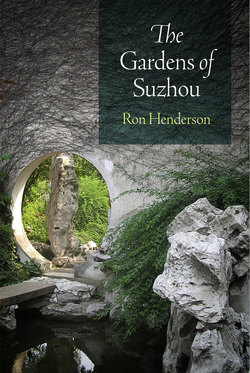Читать книгу The Gardens of Suzhou - Ron Henderson - Страница 6
На сайте Литреса книга снята с продажи.
ОглавлениеThe traditional character for garden, above, is a pictogram where one can imagine the outer square as a wall that encloses a garden. The radical at the top resembles the shape of a roof and may represent shelter or a pavilion. The middle radical depicts an inner bounded area, such as a pool or pond, which is commonly the center of a garden. The lower radical is shared with the character for a pomegranate tree, a symbol of fertility and thus, family. The garden, then, can be distilled as a bounded space that has, at its essence, three elements: shelter, water, and fruiting trees.
The simplified Chinese character for garden, above, implemented in Maoist reforms to increase literacy, loses these allusions although the enclosing wall remains. This is the Chinese character that is seen on maps and signs in contemporary Suzhou, but the traditional character may be seen in couplets, carved stones, and other ancient text in the Suzhou gardens.
The term for garden, yuán, is pronounced “you-ann,” where “you” has an uninflected tone and “ann” has a rising second tone. As a small insight into the richness of Chinese language, yuán pronounced in this manner can also mean “circle,” or “original.” It is also the word for “money.” These homophonic tropes are also the source of much Chinese humor.
